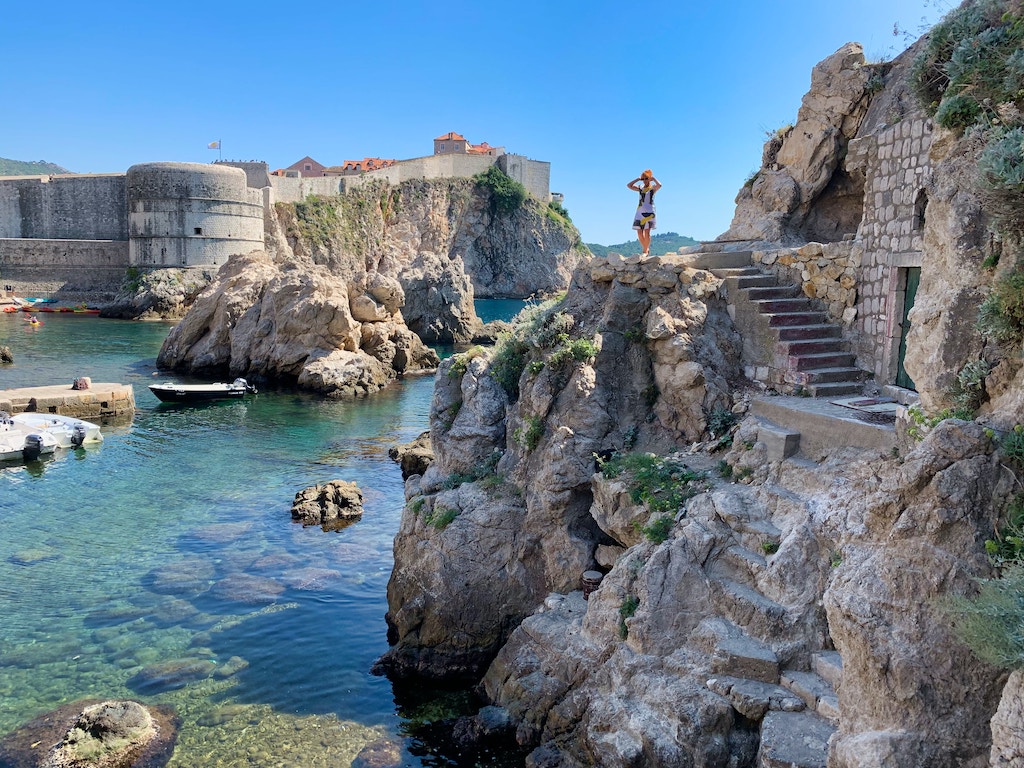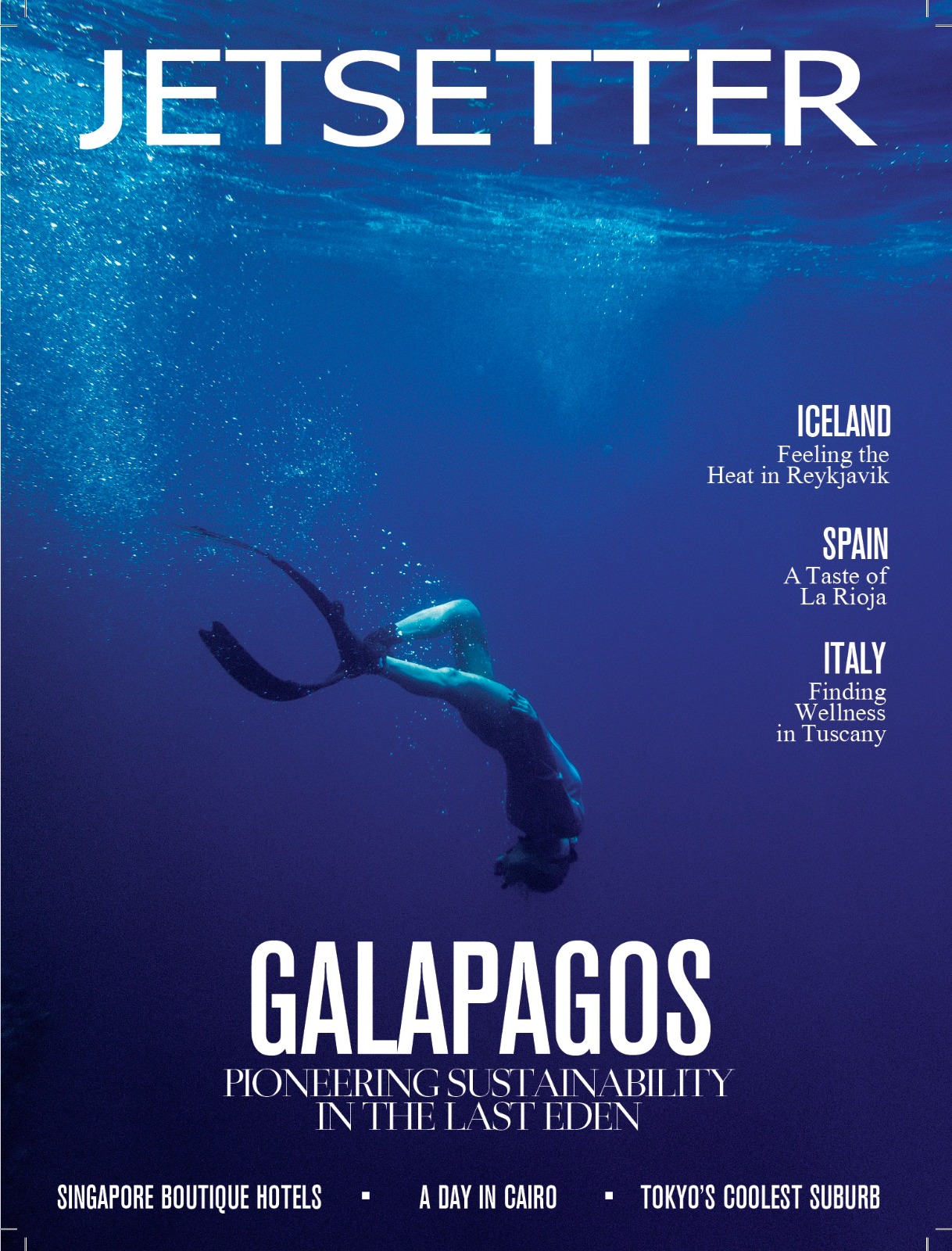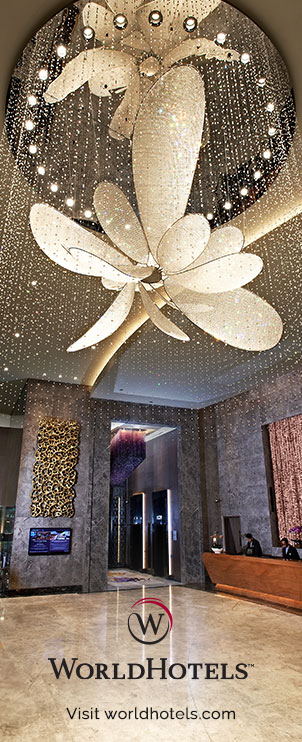

From rare wines to food as rich as the country’s history, a yacht cruise is the best way to explore the beautiful coastline of Croatia.
From Veuve Clicquot’s buttercup yellow label to Dom Pérignon’s coat of arms logo, there’s something distinct and conspicuous about most Champagne brands. However, I don’t think I’ve ever seen a bottle of sparkling that’s as singular as Oestrum.
READ: Jewels Fit for a Maharani
This Croatian bubbly is stored beneath the sea, so the bottles are completely coated in barnacles. I have my first sip of this one-of-a-kind wine at Moro, a beach bar that occupies the otherwise uninhabited island of Stupe, just off the Dalmatian Coast of Croatia, during an early autumn cruise on a 49-metre motor yacht.

Leopard-printed with more than 70 islands and 500 islets, this stretch of the Croatian coast is best explored by boat, and my route on the 14-cabin yacht Ohana takes me round-trip from mainland Split to the islands of Brač, Korčula and Hvar. As my time onboard progresses, I discover that rare and unusual experiences – like sampling barnacle-clad wine on an uninhabited island – are surprisingly common in this part of the world.
A Decent Proposal
In Bol, on the island of Brač, you can follow an olive tree-shaded coastal path to a beach that stands out from many others around the world. A V of bridal-white pebbles surrounded by glass-clear water, Zlatni Rat, often referred to as the Golden Cape or Golden Horn, is consistently ranked as one of the most beautiful beaches in Europe.
READ: A Day & Night in the City of Angels
Back at Bol harbour, meanwhile, the yacht berths are overlooked by the Stina winery. Here you can try wines made from grapes like vugava, which are almost exclusively cultivated on the island of Vis just over 40 kilometres from Brač and are difficult to find anywhere else in the world.

Just like Oestrum, the wines that line the exposed stone walls of Stina winery are double-take-inducing. At first glance, their labels appear completely blank. It’s only when you look a little more closely that you notice they are subtly embossed with the Stina logo and the name of the wine inside.
READ: The Eastern & Oriental Express Set to Return
A sign at the bar says, ‘fill your bottles with the breathing of your heart’ and the bartender Antonio tells me that the labels are deliberately left blank so customers can create their own designs.
“Some customers send their designs back to us,” Antonio says, pointing to a glass display case in the far corner of the bar. “We put the best on show.”

Upon closer inspection, I see that the labels feature everything from flags and quotes to messages and self-portraits, but one in particular catches my eye: a stick figure drawing of a man proposing to a woman in front of the Stina winery. As I walk back to the Ohana, I wonder if she said yes.
Stars & Scents
My second stop is Hvar Town, the capital of Hvar Island. It’s the UNESCO-listed Old Town, with its marble-glossed streets, Gothic palaces and balconied buildings that first drew this movie-set-worthy destination to the attention of the world’s travellers.
Today, it’s fast earning a reputation as the Monaco of Croatia. The town’s first five-star hotel, the Palace Elizabeth, opened in 2019 and its cat’s cradle streets are now dotted with independent boutiques, jewellery shops and art galleries. Restaurants like Gariful, meanwhile, have the names of A-listers such as Bon Jovi, Charlize Theron and Michael Jordan inked into their reservation books.

However, for me it isn’t Hvar’s well-heeled appeal that makes the town feel distinct. Instead, it’s the walk up to the 16th-century fort that crowns the hillside behind the Old Town. I set off on the herb-scented switch-back path just before dusk and arrive at the top in time to see the sunset. The limestone buildings below glow like embers before the darkness descends.
If I’d visited Hvar in summer, I would have liked to see the lavender fields. Known as The Lavender Isle, the island’s interior is carpeted with purple flowers between June and July and visitors can take tours of the workshops where lavender oil is distilled for use in perfumes, soap and even salt.
READ: United to Expand HK Services
While I may have missed the lavender season, cruising in autumn does come with the added benefit of enabling me to see Dalmatia without the crowds. This is especially noticeable in Korčula where I have the plaza in front of a building said to be Marco Polo’s birthplace almost entirely to myself.

All Aboard
Whatever time of year you choose to cruise, the experiences you can have onboard yachts like the Ohana can be as memorable as the sights you can see on shore. When guests privately charter the Ohana through Goolets, they are given access to a concierge who can tailor every element of their cruise for them, from the route to the onboard food and drink. No request is too much. Yacht charter company Goolets CEO, Mitja Mirtič, tells me that a guest on Ohana’s sister yacht, Freedom, once asked for the hot tub to be filled with Champagne and his wish was Goolets’ command.
READ: Why You’ll Love Barcelona’s Hotel Arts
For me, the upper deck hot tub on Ohana is good enough as it is. This is a place to simmer as the yacht glides between destinations, passing Dalmatian islands populated by nothing but shrubs, and coasts scalloped with people-free coves. It’s also the best spot to enjoy an early evening glass of white pošip wine as the sun starts to set, turning the sea the colour of solder.

After dark, the Ohana really comes into her own. The post-sunset soundtrack is one of popping corks, rattling cocktail shakers, and clinking glasses as I and my fellow cruisers enjoy pre-dinner drinks.
Guests on the Ohana can customise their meal plans. Goolets’ concierges can arrange anything from table reservations at land-based restaurants to onboard top-deck barbecues, but during my time on the yacht, mealtimes are multi-course affairs, served at tables draped in white linen topped with glistening silverware.

Our chef prepares everything from barbecue ribs with onion rings to sirloin steaks in blackberry wine and hazelnut sauce. However, the dishes I most enjoy are those that put the natural produce of Dalmatia on a pedestal, including platters of locally made cheeses that feature the salty sheep’s cheese unique to the island of Pag, and black cuttlefish risotto.
READ: Harvest Olives at This Croatia Villa
If you like oysters, ask your chef to source some from Mali Ston Bay, near Korčula, where delicate and difficult-to-grow edulis oysters have been farmed since Roman times. Black truffles are another speciality of Dalmatia, and as a truffle fanatic, I’d recommend asking your chef to use these liberally if you decide to take a cruise on Ohana.
I finally get my truffle fix once I begin my two-night post-cruise stay in Split. I start with a bowl of unctuous truffle pasta with mascarpone, prosciutto and rocket in the high-ceilinged dining room of Bokeria Kitchen and continue with the purchase of a jar of truffle ketchup in AurA, a shop where the shelves bow under the weight of locally made brandies, olive oils, flavoured vinegars, chocolates and jams.

An Emperor-worthy Ending
A post-cruise stay in Split is a must. This city betters Dubrovnik in my book. Back in the 4th century AD, Split was occupied by a sprawling palace complex belonging to the Roman Emperor Diocletian and the substantial remains of this palace are still a major feature of the city today.
READ: New 2025 Itineraries for Four Seasons Private Jet
Visitors can walk through the city’s ancient gates, stay in B&Bs where the old stones of the palace’s walls are exposed, and sip coffee on the steps of the peristil (the old main square) in view of the balcony where Diocletian would appear to his subjects. Every part of this city is exceptional.

My final unmatchable experience in Dalmatia takes place a 20-minute walk from Split’s town centre, where a series of sand and pebble beaches daisy chain along the coast. I find a table on the sea-view terrace of Dvor, one of Split’s best restaurants, and enjoy a final platter of local cheeses and Dalmatian smoked ham.
On my way back to Split, I catch the locals playing picigin on Bačvice beach, who fly through the air to keep a small golf-sized ball out of the sea. It’s completely unique to Dalmatia, just like so many of the other things I’d experienced during my time on Ohana.
For more Destination stories click here.
































